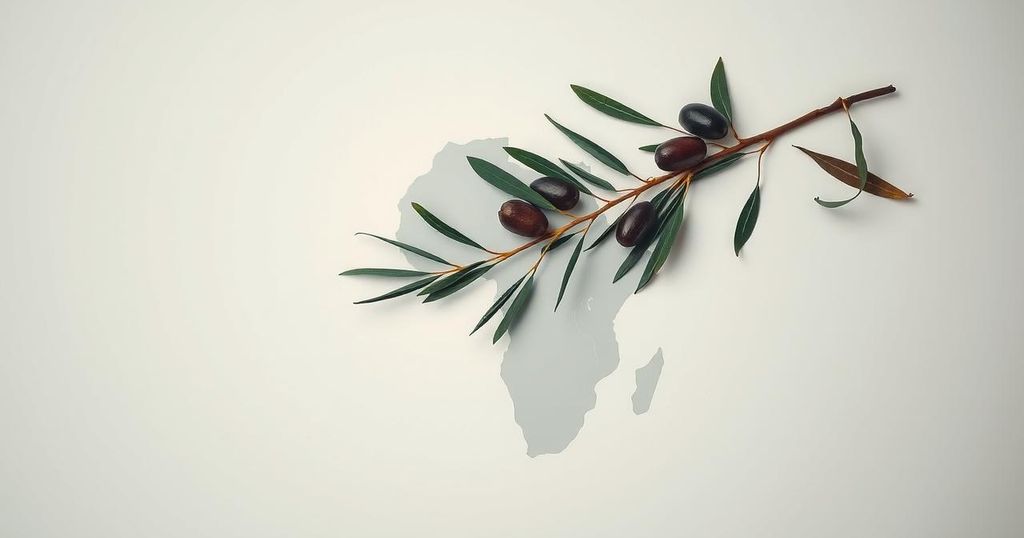The M23 rebels, with Rwandan backing, have seized significant areas of the DRC, including Goma, displacing over 500,000 people amidst violence. While they claim to protect ethnic Tutsis, the primary motive is believed to be the lucrative mineral resources in the region, crucial for global technology. Competing interests from the U.S. and China further complicate the situation, raising concerns over access to these minerals.
In recent developments, armed groups known as M23, reportedly supported by Rwanda, have made significant territorial gains in the Democratic Republic of Congo (DRC). Their advances have led to the capture of Goma, a strategic city close to the Rwandan border, displacing over 500,000 residents who have sought refuge amid violent clashes and deprivation. Local inhabitants have been sheltering without basic amenities, living in fear due to ongoing gunfire and bombings.
The M23 rebels claim that their actions are driven by a desire to defend the Tutsi ethnic community, which suffered severe atrocities during the 1994 genocide. However, analysts suggest that access to Congo’s abundant mineral resources — crucial for technology manufacturing — is the underlying motivation for their invasion, enriching both the rebels and their Rwandan allies.
The geopolitical rivalry between the United States and China plays a significant role in the conflict, as both nations vie for control over these critical minerals. The advance of the rebels introduces uncertainty into this dynamic, raising concerns over mineral accessibility and future market stability. I will further elucidate the implications of this conflict and the challenges in addressing it.
The ongoing conflict in the DRC traces its roots back to the 1994 Rwandan genocide, after which many perpetrators fled to Congo, exacerbating regional tensions. The mineral-rich eastern provinces of the DRC are crucial to global technology supply chains, intensifying the stakes for various international players. Understanding the historical and economic context is essential in grasping the complexities surrounding the M23 rebels and their motivations.
The rapid advancement of the M23 rebels in the DRC highlights the precarious relationship between ethnic strife and economic interests. While the rebels profess to protect the Tutsi community, it is evident that the quest for valuable mineral resources drives their actions. This conflict not only displaces countless civilians but also threatens to destabilize the geopolitical landscape in the region, making a resolution increasingly difficult.
Original Source: www.nytimes.com






